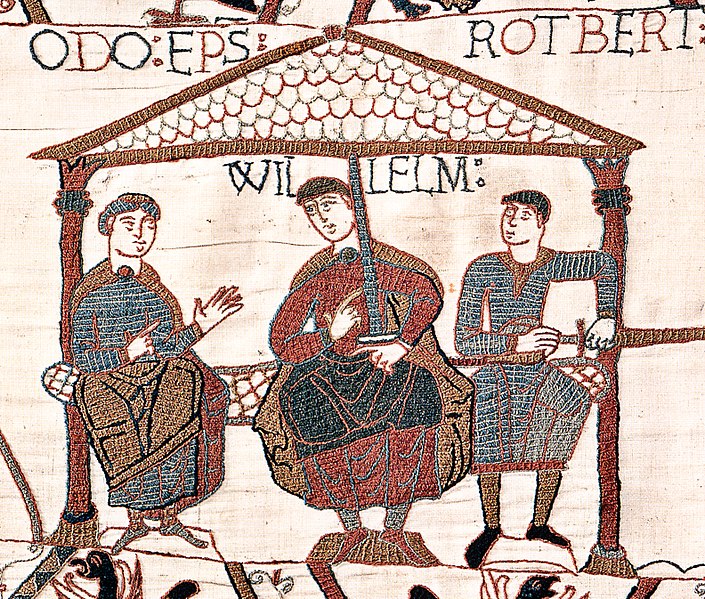Medieval Castles – Medieval Villages

William the Conqueror (or William I) was a Norman duke who became King of England in 1066 after successfully invading and defeating the English army at the Battle of Hastings.
William the Conqueror, also known as William I, was a Norman duke who became King of England in 1066 after successfully invading and defeating the English army at the Battle of Hastings. He was born in Falaise, Normandy in 1028 as the illegitimate son of Robert I, Duke of Normandy.
In 1066, William claimed that he was the rightful heir to the English throne, and with the support of the Pope and his Norman nobles, he assembled an army and invaded England. On October 14, 1066, his forces defeated the English army led by King Harold II at the Battle of Hastings, which resulted in the death of Harold II and the end of the Anglo-Saxon era.
William then established himself as the King of England, ruling until his death in 1087. He initiated significant changes in the English legal system and introduced Norman French as the language of the court and aristocracy, which had a significant impact on the English language. William’s conquest of England also had long-lasting effects on English culture, architecture, and society, as it brought about a significant influx of Norman culture and people to England.
Established by William the Conqueror after the Norman Conquest of England in 1066, the dynasty ruled England and Normandy for several generations. Renowned for their military prowess and administrative reforms, the Normans left a lasting impact on medieval Europe.